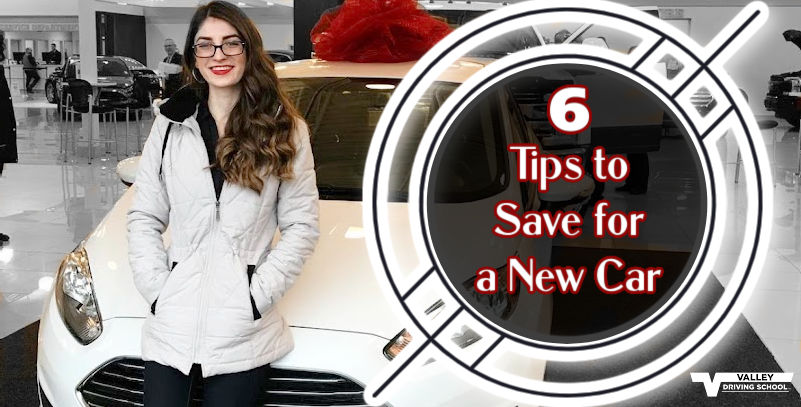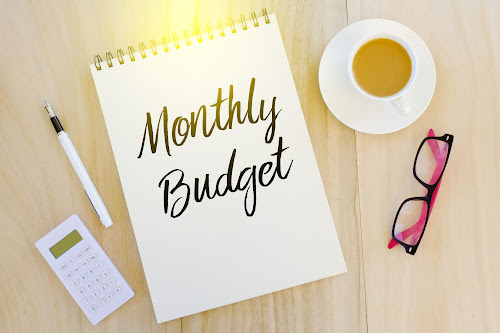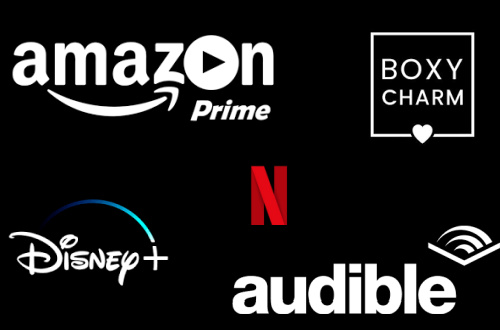Buying a new car can be really exciting, especially if it’s your first vehicle, but it can also feel like an overwhelming task when you start looking at price tags. Buying a car isn’t always an easy feat, but you can make it easier on yourself and your wallet by budgeting and planning ahead! Whether you’re thinking about buying a car within the next year or in a few years, budgeting can help you set a realistic goal and reach it quickly.

Use these tips to make your vehicle-buying experience less stressful and more enjoyable!
1. Start a Budget

Plan out a budget and stick to it! Setting a realistic budget will help you to be successful while saving. Don’t save for a used car if you’re planning to buy a brand-new luxury model! When you build car savings into your budget, make sure that you still consider your monthly earnings, grocery and food spending, and other fixed expenses. If you cut back now, your savings will increase sooner! If you’re having trouble taking money and putting it aside, consider setting up an automatic direct deposit into your savings account so you don’t have to remember or think about putting some money away every month.
One of the best ways to start your budget is to perform a bank account audit to see how much you’re spending on various categories and where you might be able to cut back. Go through the last three months of statements for any credit cards and bank accounts, making note of where your money is being spent. If you’re finding many large purchases, see if you can find a way to make these more affordable. Spending less each month = saving more!
2. Cut Spending

Find ways that you can cut spending in your daily life, especially looking into your disposable income. This is the money you bring in that doesn’t go towards the essentials: housing, food, etc. Some easy ways to cut back is to do more at home instead of using ready-made services. For example, instead of buying a coffee, tea, or hot drink on your way to work or school in the morning, make yourself something at home. A cup of coffee at home will cost you less than .50 cents, even if you add cream, sugar, and flavour syrup! You might be surprised at how much you save!
3. Collect Spare Change

Start a spare change jar. When you find yourself with loose change in your pockets or at the bottom of your bag, instead of buying yourself a coffee, treat, or snack, throw it into a jar! It doesn’t take long for small change, loonies, and toonies to add up and you’ll find yourself being able to add an extra deposit to your savings account in no time. If you’re prone to raiding your change jar, stash your change somewhere that isn’t easily accessible or that you’ll need to think twice about getting into, like a smashable piggy bank or locked safe.
4. Use Public Transit

Use public transit instead of a taxi or ride-hailing service. Hopping on the skytrain or bus can save you plenty, plus it’s good for the environment! Most transit services will offer a deal if you buy a long-term transit pass, saving you even more than using ride-hailing!
5. Cancel Subscriptions
Cancel any subscriptions that you don’t use frequently. If you have all the streaming services but only have a few hours every week to spend watching tv shows and movies, you could save at least $15 a month by taking a break from some subscriptions. Try subscribing to one service at a time, saving yourself even more! Subscription services aren’t just for streaming - look into any gaming subscriptions, monthly box subscriptions, computer software, etc. They’re everywhere and are often forgotten about!
6. Invest

If your savings goal is a year or more away, consider storing your money in a TFSA or other investment account and watching it grow. It may be slow, but the payoff at the end will be big! Make sure you talk to a professional, as some types of investments may not allow you to withdraw in a short time frame without penalty.
--
Budgeting isn’t always easy, but it will be worth it in the long run when you hit the road in some shiny new wheels! Once you’ve saved your coins, put some thought into purchasing your vehicle before you start shopping so you know what you’re looking for and what to expect.

